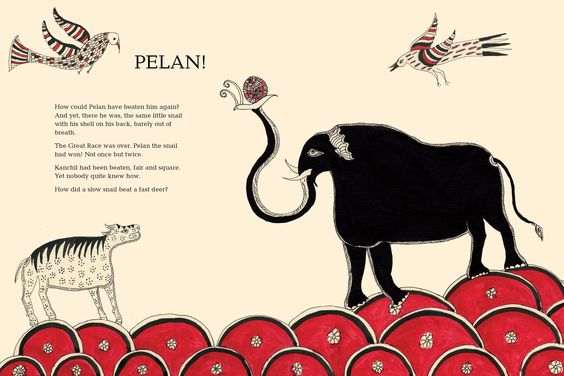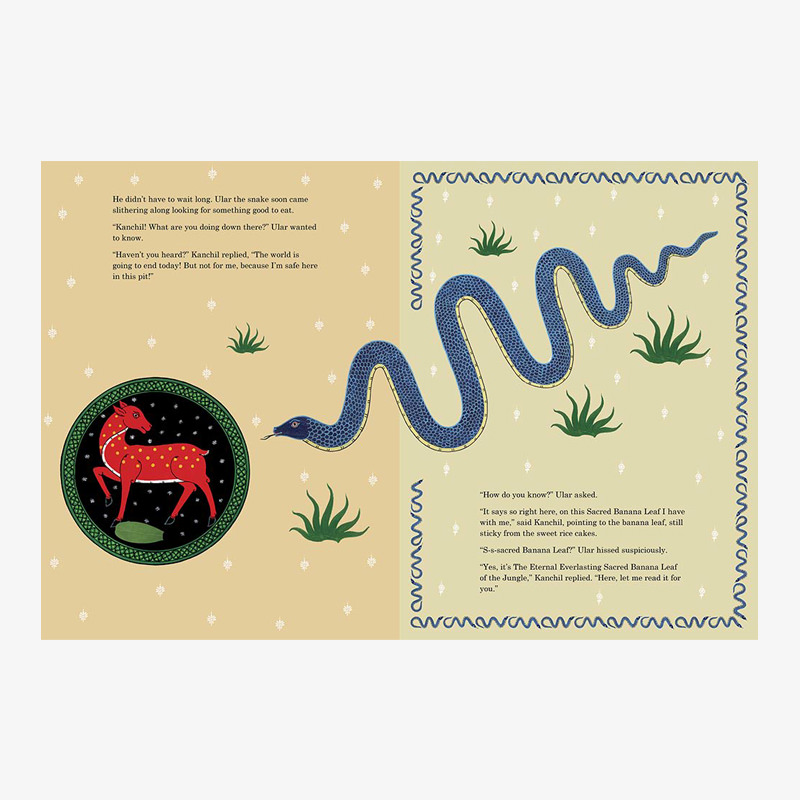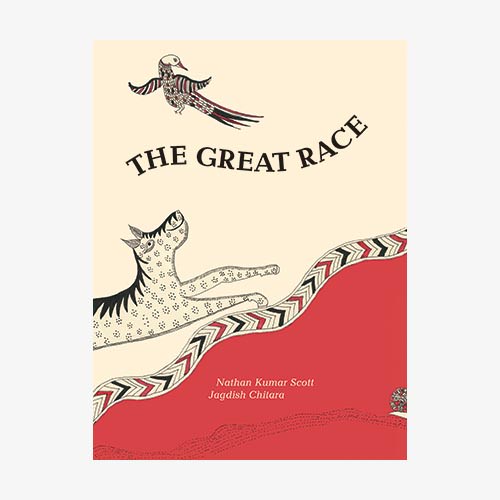Two Indonesian Trickster Folk Tales by Nathan Kumar Scott | Book Review
Share
Trickster tales appear in the folklore of most cultures around the world. We bring you two famous Indonesian trickster tales by Nathan Kumar Scott.
They are the popular tales about the wise, the clown, the fool, or the small animal who outwits the larger more powerful animals in the jungle. Tricksters and clowns can be human, animal or God-like characters, but their stories always convey the social values of the culture they come from.
In Indonesia, these tales centered around Kanchil are most often told through shadow puppetry. These tales are now available as books for young readers.
The Sacred Banana Leaf
'The Sacred Banana Leaf' by Nathan Kumar Scott is a trickster tale that features Kanchil, a mouse deer. Kanchil lazily trots through the forest, engrossed in his favorite rice cake got from the Sunday market. He accidentally falls into a deep pit which was too slippery for him to climb. After a few failed attempts, he quickly devises a plot by turning the wrapper (Banana leaf) of the rice cake sacred.
Pic Credit: Tara Books
If you had followed the author's other books on Kanchil series like, 'The Great Race' and 'Mangoes and Bananas', you would have known by now that the illustrations of his books are unique. They bring to limelight traditional art forms from various regions of the country. This book has been etched with 'Patachithra', by Radhashyam Raut based out of Puri, Orissa. The art form specializes in extracting colors from plants and minerals found in that area. Hence, traditionally restricted to colors white, yellow, red, black and blue.
Simple language and interesting story line!
Buy Now
Featured Image Source: Tara Books
"The Great Race" is an Indonesian trickster tale retold by Nathan Kumar Scott. It is the third story in the Kanchil series. The other books in the series include the popular 'Mangoes and Bananas' and 'The Sacred Banana Leaf'.
The Plot
The Great Race is a story twined around social values. It begins when a mouse deer named Kanchil (speedster of the forest) who challenges his fellow inmates to compete with him. When no one dares to confront, a snail named Pelan does!
At the outset, the plot feels quite homogeneous to the hare and turtle race tale we all know. The story then spins revealing a dramatic turn of events that takes the readers by surprise.
The victory of the weak over the top notch performer appears as a bolt from the blue for the onlookers of the race. But the race happened not just once but twice, declaring Pelan, the undisputed winner.
This story not only educates the kids that sometimes a little smartness can help them win at something which is not their forte even against a naturally talented opponent but also teaches them the value of being humble.
The Illustrations
[caption id="attachment_35280" align="aligncenter" width="564"]
The highlights of The Great Race are the illustrations by Jagdish Chitara, a traditional artist of the Waghari group. This group actually does textile block printing in the exquisite 'Mata Ni Pachedi' style with natural dyes, representing Mother Goddess and the stories and myths around her. The colors used are mainly blood red, black and white. These traditional images exclusively contained for textiles were brought into contemporary forms in the book, while also retaining it's integrity and essence!
The Highlights
A combination of a fantastic folk tale, a traditional art form and thrilling narration. Simply a book in all splendor awaits you!
Buy Now
Featured Image Source: Amazon India


